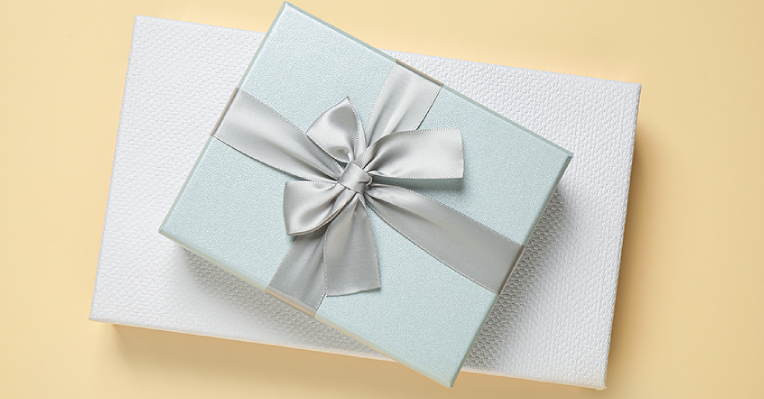Customers consider a number of factors when they’re trying to decide between choosing your products or those of your competitors. Of these factors, the packaging is one of the most vital aspects that they consider at first glance.
The reason for this is your packaging acts as the introduction to the story of your product. Like a good introduction, it should engage and captivate the customers’ senses – whether through sight, sound, touch, or all of the above.
But most importantly? Be convincing enough to persuade them to want to know more.
Apart from that, it should also provide enough details about what to expect from the product inside, give an idea of how it’s supposed to be used, and present necessary info that a customer may want to know.
In this guide, we look at how to get your packaging to tell the story you want!
Know and make the most of the different packaging layers
Before you start designing the package for your product, it is essential to understand that the packaging is composed of layers. Typically, these layers are separated into three parts: the outer packaging layer, inner packaging layer, and lastly, the product packaging itself. Each of these layers allows you to tell a part of the product’s story, so make sure you don’t miss your chance to do so!
Here’s a quick rundown of what these layers are and the purpose they serve:
- Outer packaging
As the outermost packaging layer, it’s the first thing that customers are bound to see. Its primary purpose is to protect the product from the elements and often contain essential info about how the product should be handled during transit.
A couple of examples are everyday canvas bags in Singapore and the cardboard boxes that come with high-profile products, such as laptops or TVs.
- Inner packaging
Inner packaging consists of the second layer found right after the outermost layer. Its purpose is to ensure that the product is secured safely whilst in the confines of the outer packaging.
It’s typically found in the form of tissue paper, packing peanuts, styrofoam, and anything else that can keep a product stable.
- Product packaging
Lastly, product packaging is the layer that most people think about when talking about packaging.
It’s the actual packaging that your product comes in and can come in many shapes and sizes – the box that holds a new smartphone, the bottle for vintage wine, or the wrapper for a sweet treat are examples of this final layer.
Pick the packaging that fits your product
Nowadays, packaging can vary from simple and conventional to unorthodox and exciting. Sometimes, choosing a packaging solution is straightforward, often it’s not. To arrive at the best choice for your product, you need to consider three main factors: the product itself, the competition, and your budget.
Be it solid or liquid, your product’s form will ultimately decide and narrow down your options. As for the competition, there may already be a set standard for the type of packaging that’s expected for the products that are similar to yours.
Lastly, your budget for each packaging will be directly tied to the product you’re trying to sell. If its price tag is relatively expensive, it’s only natural for you to set aside more budget to reflect its priciness.
Collate and build information of your product
Evidently, your packaging needs to provide sufficient information about the product within. To create this information structure, you’ll need to ask yourself two things: who your product is targeted at and where they can find it.
From those two questions alone, you can then collect materials that will inform customers and help your product sell. From photos showcasing your product in action to testimonials and clever taglines; there’s no limit to your creativity in this task!
But keep in mind that the average shopper will likely remember only one thing when they look at your packaging.
As such, you must pick the most important element that you want your customers to know about your product and make it the centrepiece of your design! You can then add a couple of complementary things you want to show once they’ve gained enough interest to take a closer look at your product.
Don’t skip on evaluating your packaging designs
After you’ve come up with some excellent packaging designs – it’s time to put them to the test and evaluate them. Packaging design evaluation focuses primarily on specific questions, a few of which are:
1. Is it obvious what your product is and what it does?
2. Does the packaging honestly represent its contents?
3. Will the packaging look good in 3D?
4. How will it look like when stacked on a store shelf?
All these questions and more have a significant role in determining if the packaging design fits the product. By ensuring that a design candidate checks out all of the brand’s requirements, you can be confident that your products will be picked up once they’re on store shelves.
Conclusion
The pointers mentioned above should hopefully aid you in the creation of your product packaging design. With the help of these and other guidelines specific to your product, you’re certain to arrive at the design that’s perfect for your goods.
If you have a marvellous packaging design that you’d like to bring to life, Print&Pack is here to help! With our customised services, we help you to easily turn your design ideas into reality, starting from conception to the production of the packaging you can touch and feel. On top of that, we also offer a wide selection of ready-made packaging solutions that you can customise, such as eco-friendly bags and custom tote bags.






